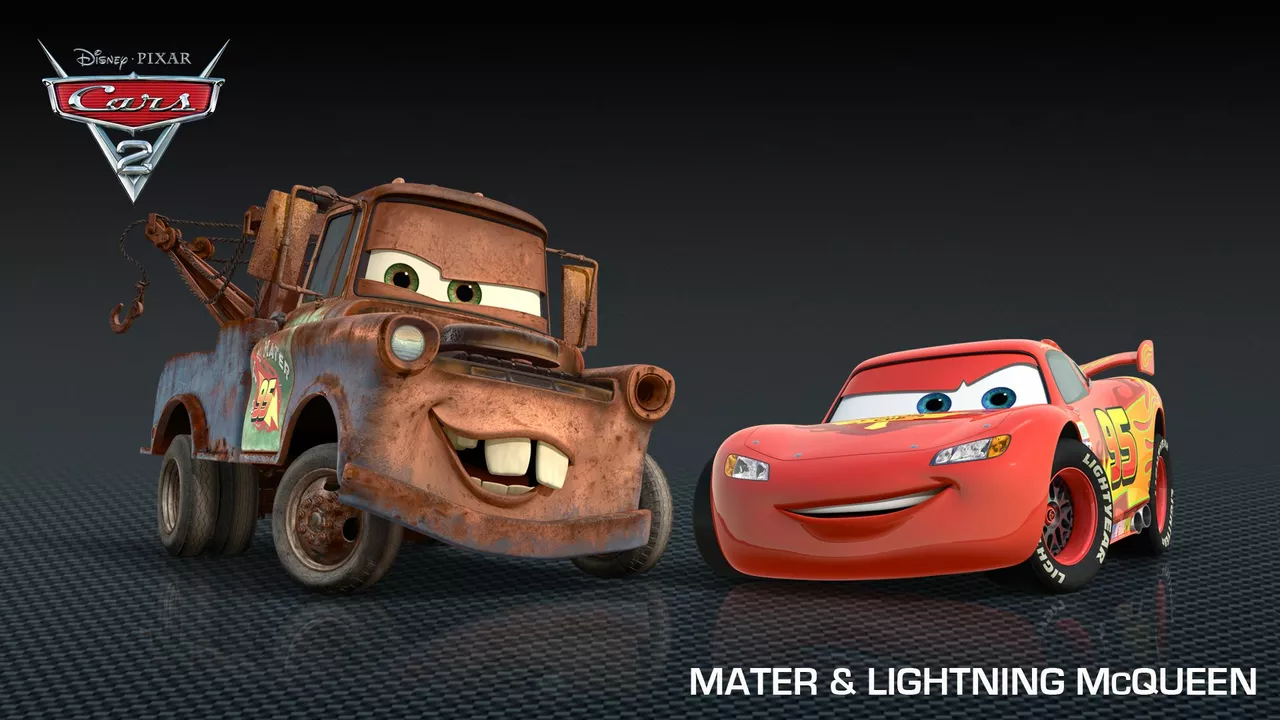Pixar Tag: Your Quick Guide to Cars, Characters and Movie Trivia
If you love Pixar, you’ve probably asked yourself why a race car looks like a hatchback or where the town of Radiator Springs sits on a real map. This tag page pulls together the most asked‑about Pixar pieces, so you can get answers without scrolling through endless posts.
Where Does "Cars" Really Take Place?
Most fans picture the dusty stretch of Route 66 when they think of the first "Cars" movie. In reality, the story bounces between two main spots: the tiny, quirky town of Radiator Springs and the high‑speed world of the Piston Cup races. Radiator Springs is a nod to the real‑life towns that once dotted Route 66, giving the film its nostalgic vibe. Knowing this helps you picture the scenery when you re‑watch the film or discuss it with friends.
Character Deep Dives: Lightning McQueen, Jackson Storm, Finn McMissile
Lightning McQueen isn’t just a red race car; he’s a blend of classic American muscle and modern design. Fans wonder if the younger version could outrun Jackson Storm, the high‑tech rival from "Cars 3." While McQueen’s experience gives him a strategic edge, Storm’s raw speed makes the showdown intense. In the background, Finn McMissile from "Cars 2" often gets mistaken for an Aston Martin DB5. He’s actually an original design that borrows bits from several British sports cars, giving him that sleek spy look without being a direct copy.
Beyond the movies, you might be curious how old cars end up on screen. Production crews source them from collectors, junkyards, and dedicated restoration shops. Each vehicle gets a quick health check, and if needed, a full rebuild so it can handle the demanding filming schedule. This process explains why many classic models look pristine in the final cut, even if they started as rust‑covered relics.
Other posts on this tag cover practical car‑related questions that pop up when Pixar fans talk shop. For example, you’ll find a quick guide on whether it’s okay to test drive a car without plates – the short answer is yes, but only if the dealer has a special permit. There’s also a tidy rundown of why German cars tend to cost more to repair in the US, tying in the high‑precision engineering and import fees that affect many owners.
All of these pieces share a common thread: they break down complex topics into bite‑size, easy‑to‑read nuggets. Whether you’re a parent trying to explain the difference between a hyper‑sport scooter and a regular bike, or a teen looking to understand NASCAR rules in "Cars," the articles keep the language simple and the facts clear.
So, next time you’re scrolling through Pixar fan forums or just want a refresher before a movie night, drop by this tag page. You’ll get the exact info you need – no fluff, no jargon, just straight answers. Happy watching, and keep those engines revving!

